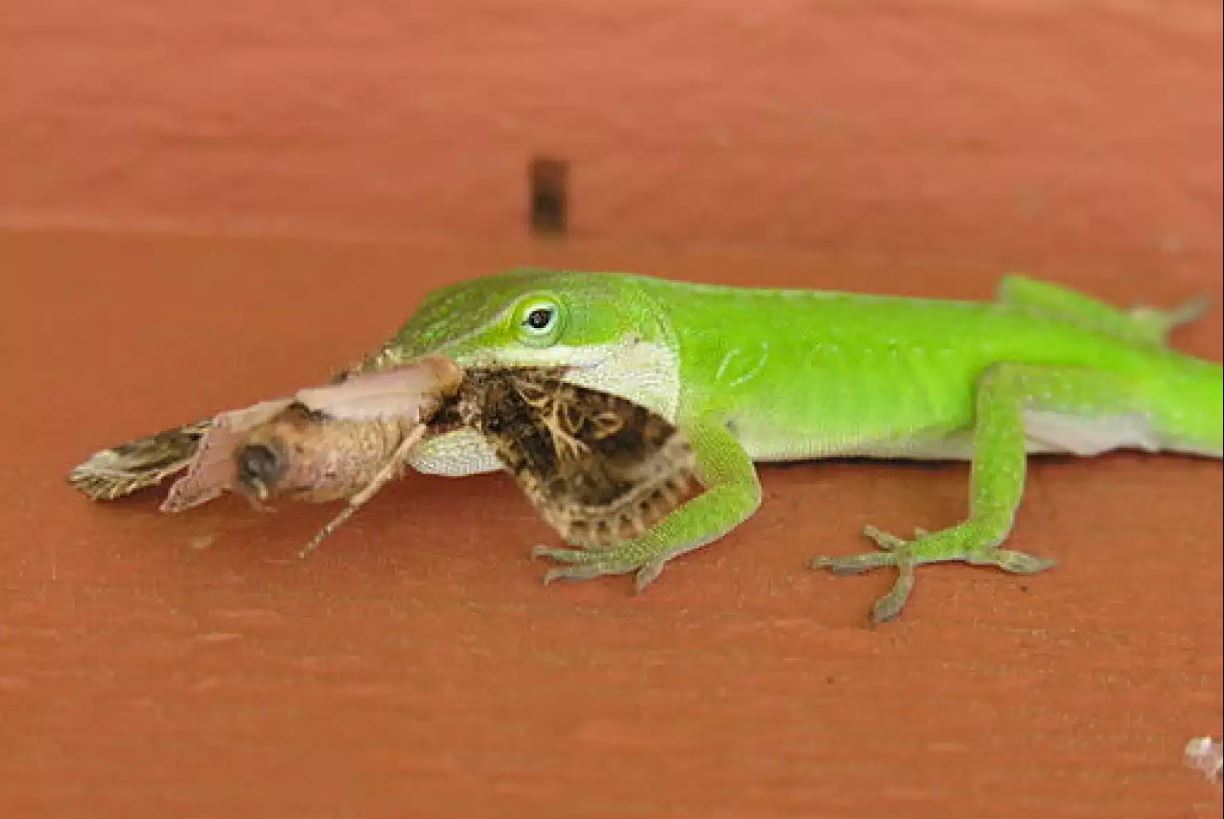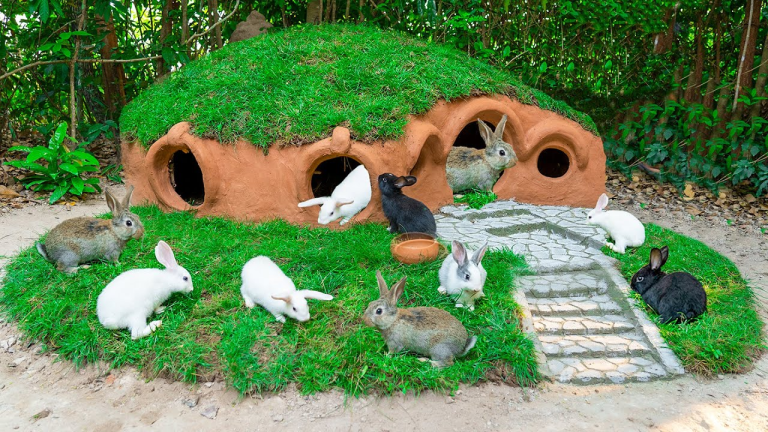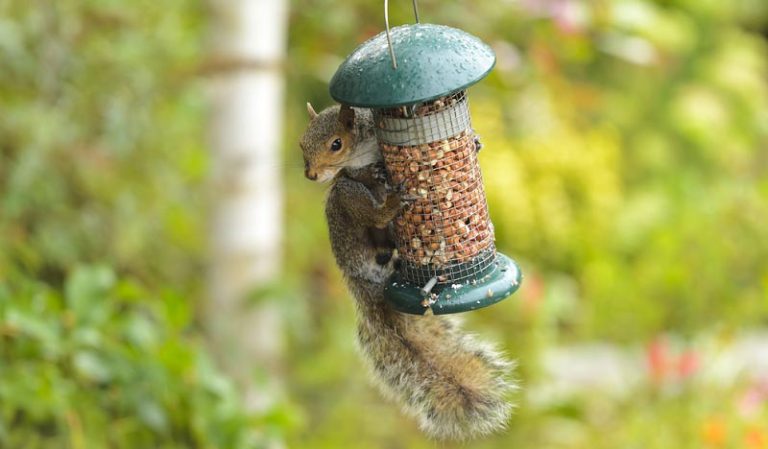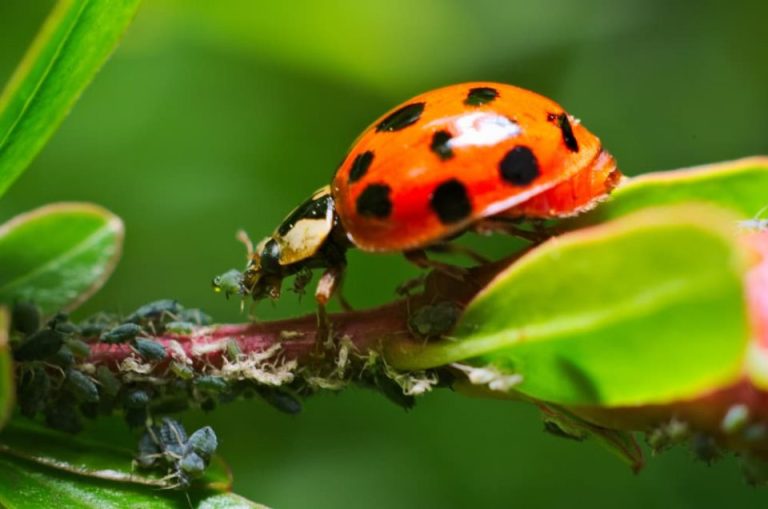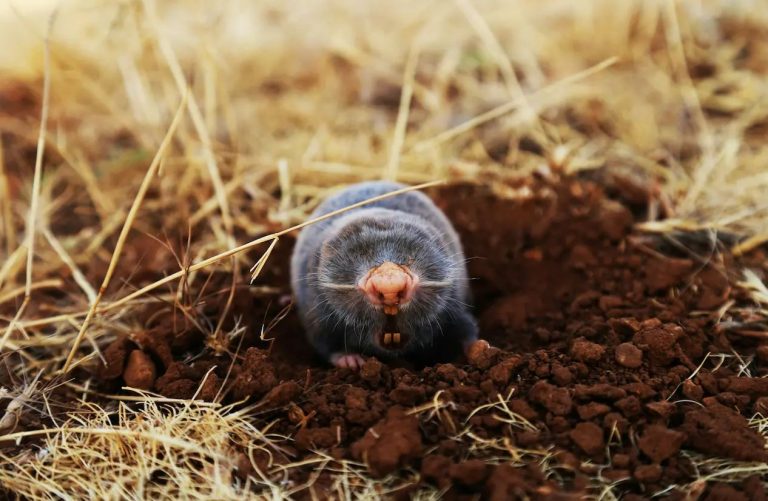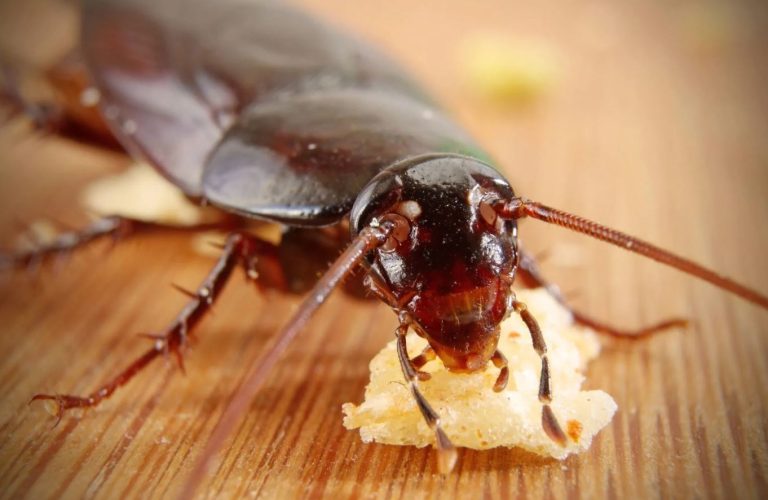What Do Lizards Eat? A Journey Through the Lizard Diet in the Wild and at Home
It started with a rustle in the leaves.
I was hiking through Arizona’s Sonoran Desert when I spotted it—a tiny whiptail lizard sunning itself on a flat rock. Suddenly, it darted forward, jaws snapping around something nearly invisible. When I moved closer, I saw the remains of a cricket, legs still twitching.
That brief moment revealed something much bigger: the fascinating, diverse world of lizard food. These ancient reptiles—some sleek and fast, others armored and slow—have evolved to fill every feeding niche on Earth, from ant-eaters in the rainforest to omnivores in your backyard.
So, what do lizards eat?
The short answer: It depends.
The long answer? Let’s go on a journey through the diets of geckos, iguanas, bearded dragons, monitors, and more. Whether you’re a reptile keeper or just lizard-curious, this deep dive into the lizard diet will change the way you see these creatures forever.
1. The Lizard Family Tree: Diversity Shapes Diet
With over 7,000 species spanning across deserts, jungles, and suburban gardens, lizards come in every size and lifestyle imaginable.
Here’s a snapshot of dietary diversity across key types:
| Lizard Type | Primary Diet |
|---|---|
| Geckos | Insectivores |
| Iguanas | Herbivores |
| Bearded Dragons | Omnivores |
| Monitor Lizards | Carnivores |
| Skinks | Insectivores/Omnivores |
| Anoles | Insectivores |
| Chameleons | Insectivores |
Evolution didn’t give lizards a “one-size-fits-all” diet. Instead, each species developed a unique feeding strategy to survive in its specific habitat.
2. What Do Wild Lizards Eat?
Lizards in the wild eat whatever their environment offers—and what their size and biology allow.
Wild insectivorous lizards feast on:
- Crickets
- Grasshoppers
- Ants
- Beetles
- Spiders
- Caterpillars
- Termites
Carnivorous lizards, like monitors, take thi
- Birds
- Rodents
- Fish
- Frogs
- Eggs
- Other reptiles
Herbivorous lizards eat:
- Leaves
- Flowers
- Fruits
- Cactus pads (e.g., for desert dwellers)
And many species, like bearded dragons or skinks, are opportunistic omnivores, blending animal protein with plant material for a well-rounded lizard diet.
3. Insectivores: Nature’s Pest Control
A majority of small lizards—especially geckos, chameleons, anoles, and skinks—fall into this category.
Their diet includes:
- Crickets: High in protein, easy to digest
- Mealworms: A pet favorite, but high in fat
- Dubia roaches: Nutritious and cleaner than crickets
- Flies and gnats: Caught mid-air by agile hunters
- Moths and beetles: Nighttime prey for nocturnal lizards
Why insects?
Insects are:
- Abundant
- Nutrient-dense
- Easy to digest for small reptilian stomachs
Insectivores typically require frequent feeding and calcium supplementation to avoid deficiencies.
4. Herbivores: The Plant-Loving Lizards
Not all lizards eat bugs. The green iguana is a famous example of a strictly herbivorous reptile.
Common lizard-friendly greens:
- Collard greens
- Mustard greens
- Dandelion leaves
- Escarole
- Endive
Fruits and vegetables:
- Papaya
- Mango
- Squash
- Bell peppers
- Blueberries (occasionally)
These lizards thrive on fiber-rich, calcium-heavy, and low-oxalate plant foods. Leafy greens should make up the bulk of a healthy herbivorous lizard diet.
5. Carnivores: Meat-First Reptiles
Carnivorous lizards aren’t just feeding on bugs—they go big.
Examples:
- Monitor lizards hunt and kill prey, including rodents, birds, and snakes.
- Tegu lizards have powerful jaws for cracking eggs or eating carrion.
- Basilisks may feed on fish or amphibians.
Carnivores are less common in captivity but are apex predators in their ecosystems.
6. Omnivores: The Flexible Feeders
Perhaps the most adaptable feeders of all, omnivorous lizards combine insects, vegetation, and sometimes meat.
Examples:
- Bearded dragons: Eat crickets, worms, leafy greens, berries
- Blue-tongue skinks: Enjoy snails, eggs, veggies, dog food (in captivity)
- Tegus: Devour fruits, insects, eggs, and small animals
This flexibility gives them resilience in the wild and makes them easier to care for as pets—if their diet is managed correctly.
7. What Do Pet Lizards Eat?
Feeding pet lizards properly is crucial to their health and longevity.
| Lizard Type | Pet Food Example |
|---|---|
| Leopard Gecko | Crickets, mealworms, waxworms (live only) |
| Bearded Dragon | Crickets, greens, squash, blueberries |
| Green Iguana | Kale, mustard greens, dandelions, mango |
| Chameleon | Dubia roaches, crickets, hornworms |
| Blue-tongue Skink | Dog food, boiled egg, sweet potato, insects |
| Tokay Gecko | Crickets, roaches, pinkie mice (occasionally) |
Key rules:
- Feed live prey only—lizards are stimulated by movement
- Dust insects with calcium + D3 regularly
- Avoid spinach, iceberg lettuce, and citrus—poor nutrition or digestion
- Provide UVB lighting for calcium absorption and vitamin D synthesis
8. Feeding Behavior and Hunting Tactics
Lizards use a variety of techniques to get their food:
- Sit-and-wait hunters (e.g., geckos) strike only when prey gets close.
- Active foragers (e.g., bearded dragons) search for food across terrain.
- Ambush predators (e.g., monitors) use stealth and speed.
Their tongues, speed, and even camouflage help them succeed. Chameleons, for example, launch their tongues faster than a blink to catch prey from over a foot away.
9. Seasonal and Environmental Factors
Like many reptiles, lizards are ectothermic—their feeding depends on external heat.
| Season | Appetite Level | Food Type |
|---|---|---|
| Spring | High | Insects, greens, eggs |
| Summer | Very High | Variety increases |
| Fall | Moderate | Preparing for brumation |
| Winter | Low / Inactive | Some enter dormancy |
In captivity, consistent heat and light may override seasonal shifts—but some lizards still slow down in cooler months.
10. What Baby Lizards Eat
Juvenile lizards often eat more frequently and require smaller prey:
- Baby geckos: pinhead crickets, small roaches
- Baby dragons: small worms, microgreens
- Baby iguanas: finely chopped veggies
Young lizards need extra calcium and daily feeding to support growth. Malnutrition during this phase can result in lifelong issues.
11. Common Myths About Lizard Food
| Myth | Reality |
|---|---|
| Lizards can live on lettuce | Most lettuce (e.g., iceberg) has little nutrition |
| Lizards eat fruit every day | Many species only need occasional fruit (or none) |
| Lizards can eat cooked food | Cooked foods are often dangerous—raw only |
| All lizards eat the same thing | Diets vary dramatically between species |
| Lizards don’t need supplements | Captive lizards often require calcium + vitamins |
12. Lizard Diet FAQs
Q: Can lizards eat human food?
Generally no. Avoid processed foods, sugar, dairy, and cooked meat.
Q: What fruits are safe for lizards?
Blueberries, papaya, mango, strawberries—in moderation.
Q: What should I feed my bearded dragon?
Crickets, dubia roaches, kale, collards, squash, berries.
Q: Do lizards drink water?
Yes, many drink from droplets or shallow dishes. Some absorb moisture from food.
Q: Can lizards eat dead bugs?
No. Most need live prey to trigger feeding responses.
13. Conclusion: A World Built on What They Eat
From the tiniest anole in a backyard garden to the powerful monitor lizards roaming riversides in Asia, lizards reflect their diet in every move they make. Their meals shape their health, behavior, and survival strategies.
Understanding what lizards eat is more than just trivia—it’s a window into evolution, ecology, and the delicate balance of predator and prey.
So next time you spot one basking in the sun, remember: somewhere, a cricket is trembling.

